2. Evolution and Natural Selection
Every species shares an ancestor with every other species if you go back far enough in time. There are numerous branches to the evolutionary tree each representing the beginning of a process of change that led to every species living on the planet today.
Bird Origins
For instance, birds and mammals began to evolve along different paths around 315 million years ago in the late Carboniferous period when the distant ancestor of modern birds and reptiles emerged in the form of the dinosaurs. Birds, like mammals are "vertebrates". They have a spinal column or backbone. Their fore limbs are modified for flight and covered in feathers. They have evolved from one common ancestor (they are Monophyletic) and all birds are interrelated through that common origin. The few birds that don't fly derive from ancestors which did and have lost the ability relatively recently.
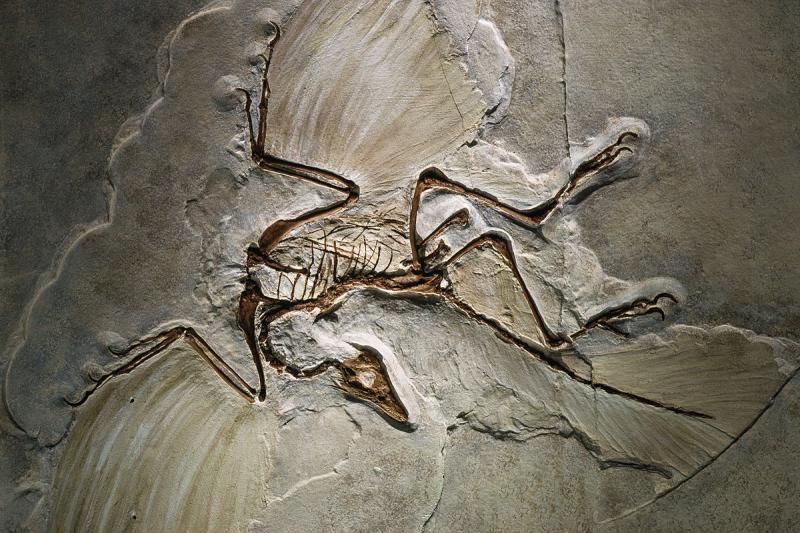
Archaeopteryx James L. Amos CC0 1.0
This archaeopteryx fossil is one of 11 known examples from the late Jurassic period about 150 million years ago. It is regarded by many palaentologists as the earliest known ancestor of the modern bird and a link between dinosaurs and birds. It could fly or glide and had a beak and feathers. Unlike later fossils of the modern bird's ancestors, the archaeopteryx possessed teeth and a tail, similar to its dinosaur predecessors.This complete specimen was found in what is today, Southern Germany, and is in the Berlin Museum.
What Makes a Bird?
Features common to all birds are the horny beak and toothless mouth, feathers, a strong skeleton, eggs with a hard shell and elaborate and extensive care of the young. There are around 30 orders of birds, 180 families, 2000 genera and 10,000 plus species although this may nearly double with more rigorous taxonomies.
There follows a more detailed look at the nature of evolution together with examples of the divergences that have occurred and are still occuring.
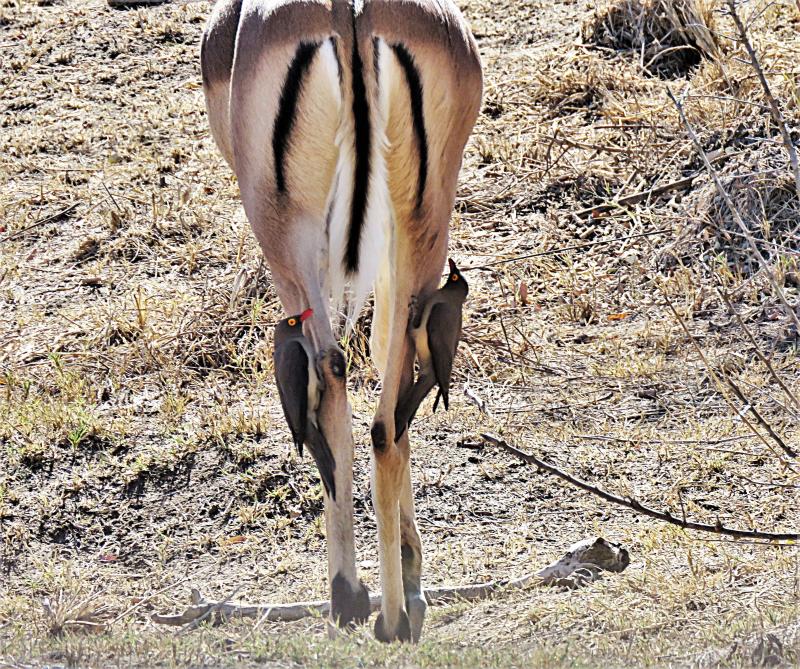
Red-billed Oxpecker and Impala - a symbiotic relationship
Looking at these two species illustrates what massive divergence can occur over 315 million years, specifically between birds and mammals. These red-billed oxpeckers are providing a parasite cleaning service for an impala in Kruger National Park, South Africa whilst they enjoy a parasite dinner. This is an example of "Co-evolution" where two entirely different species which only have common ancestry in the remote past, benefit from a relationship which has evolved much more recently. bertknot CC BY-SA 2
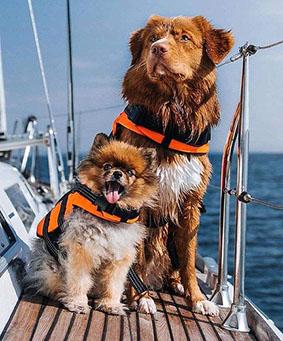
Unatural Selection or "Artificial Selection" - Human-crafted Dog Breeds.
A speeded up example of evolution is that of the 200 plus breeds of dog all genetically proven to be derived from wolves. For breeds of dogs, the selecting agent is man. For non domestic species it is nature, i.e. "natural selection". However dogs can interbreed so are all the same species but the effectiveness with which dog breeders have arranged mating between appropriate partners to produce so many breeds in a relatively short period of a few hundred years, illustrates how natural selection might create a myriad species over millions of years.
DNA
Genetic information from tests involving “DNA” provide convincing evidence of evolution in all species. DNA is short for “deoxyribonucleic acid” and is the molecule that contains the biological instructions that make each species unique. DNA and the instructions it carries transfers from mature organisms to their offspring during reproduction and is what makes each species unique.
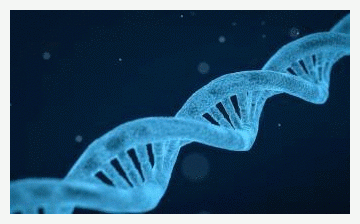
DNA Double Helix Strand
Wikipedia Commons
DNA then is the natural equivalent of a data bank. It is a chemical structure that stores genetic information. It is made up of of two chains that are wrapped around each other. The chains twist to form a double helix in shape. A gene is a small part of the DNA molecule that determines a particular trait. DNA is in every cell in an organism and instructs cells on what proteins they should make. Proteins are the building blocks of life. Large, complex molecules, they are found throughout an animal's body. They are needed for the structure, function and regulation of every organ, tissue and cells of the body. For instance, humans, share common features with both our parents and our children because of inherited DNA and their attached genes and the detailed information given to cells on protein production and allocation. DNA stores information that is passed down from generation to generation and proves a common ancestry. The more recently two species have an ancestor in common, the more closely related they are.
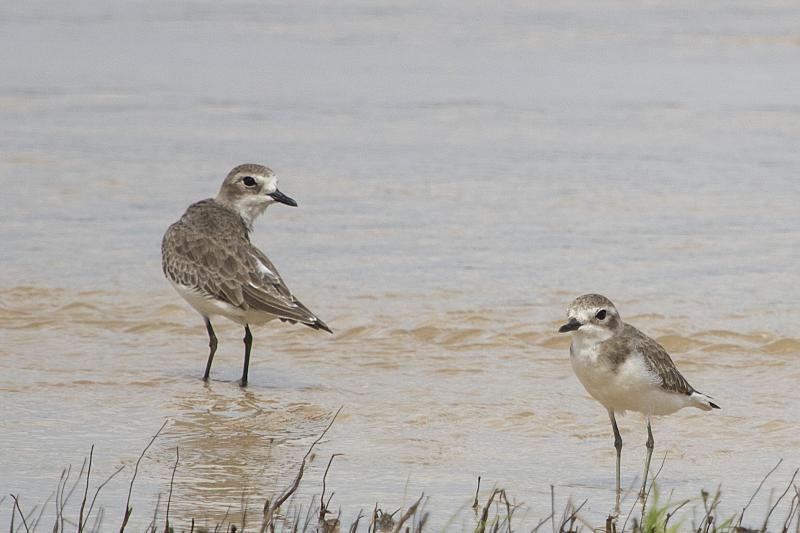
Greater and Lesser Sand Plover
An Example of Recent Evolution
The greater and lesser sand plovers provide illustrations of a relatively recent species divergence. They evolved along different paths possibly only a few thousand years age or less and are very similar apart from size and a few minor features such as slightly different beaks and leg colour. They forage differently with the lesser sand plover making much shorter runs between feeding stops. I identified the greater sand plover above in a large flock of lesser sand plovers only after I had returned from a trip from Phuket, Thailand and noticed the size difference in photographs. Why did they diverge? Were their ancestors separated to allow a divergence? Maybe the greater sand plover is the result of an accumulation of favourable mutations that enabled a stronger bird with better fight and flight capability. Yet the lesser sand plover migrates further, breeding further North in Asia compared with the greater sand plover. Altitude endurance may be a factor; the lesser sand plover nests at higher altitudes and this oxygen deprived environment may favour smaller size. In which case, the lesser sand plover may have evolved later in order to occupy a new "ecological niche".
Gene Pools
The total combined genes of a particular group in a geographical area or region (known as a “population”) is called the “gene pool”. Gene pools are crucial to sexually reproducing species and include all the variants of every gene in a given population. It is vitally important because it contains the complete genetic diversity found within that population and is therefore a vital element in both the survival and evolution of a species.
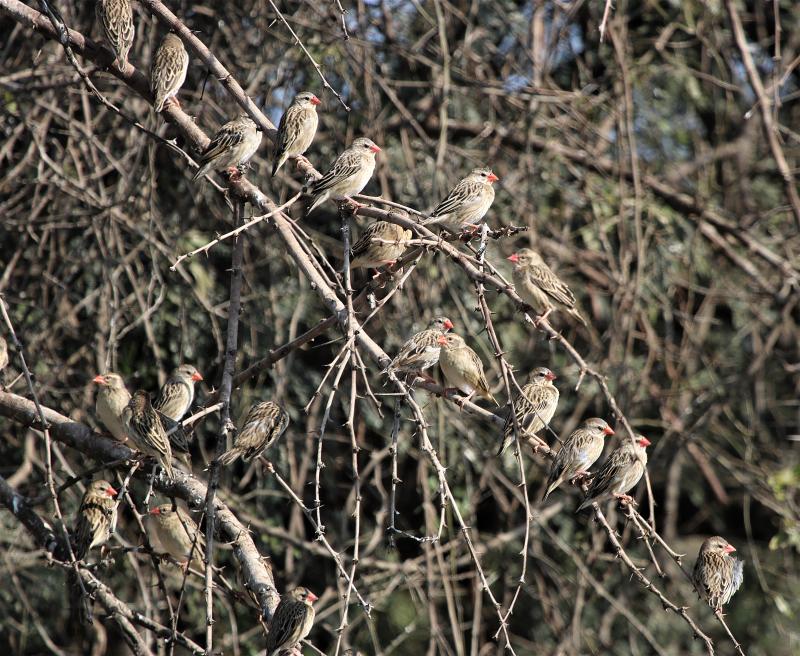
Red-billed Quelea
These red-billed quelea photographed in Kruger National Park, South Africa are small weavers and members of the most successful bird species in the world with populations totalling 1,500,000,000 individuals all in sub-Saharan Africa. They have a very healthy gene pool.
Gene Pools and Genetic Diversity
Why is their gene pool healthy? Large populations have large gene pools and more genetic diversity. Every gene has a specific role, for example, in giving an animal a particular characteristic such as resistance to a disease, climate extremes or abrupt habitat change. A population with a large gene pool is better equipped to cope with these chance events as some or all of the members are more likely to have protective genes. In contrast a population with fewer genes in their gene pool will be more susceptible and put both individuals and whole populations at risk. Populations with small gene pools are not only vulnerable to extreme events but are also more likely to develop genetic diseases, develop deformities and become infertile. This is a major reason why even with our best efforts, it is so difficult to bring species back from the edge of extinction and why our present environmental crisis is so dire.

Bali myna
A national park guide took to me to photograph the Bali Mynah, in West Bali National Park, Indonesia. It is one of the rarest birds in the world with fewer than 100 left in the wild. Driven to the edge of extinction by a combination of habitat loss and the Indonesian obsession with caged birds, it has a tiny gene pool that does not bode well for its future survival.
Biological Evolution
So how do gene pools enable a species to evolve? The principal that life on earth shares a common ancestory has led to the area of study known as "Biological Evolution". Through a process known as “Descent with Modification” life began to diversify gradually, over millions of years, as documented in the fossil record and culminating in the rich and prolific variety of life on Planet Earth today.
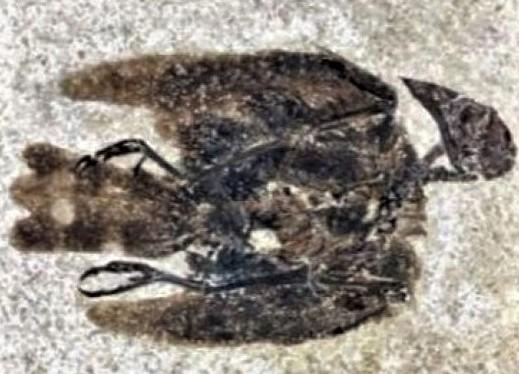
Fossil Passerine Photo courtesy Lance Grande, Field Museum
As already discussed, the passerines are members of the order passerifomes, known as the perching birds. This complete fossil discovered in South West Wyoming has a finch-like seed eater's beak and lived around 52 million years ago. Its descendants have successfully evolved into many families and account for more that half of the world's birds, more than 5000 species.
Gene Mutation and Natural Selection
How does descent by modification work? Genes can "Mutate", or change, perhaps in a minor way, causing slight changes in the offspring of a mating couple. If this mutation is favourable because it gives the offspring an advantage in the struggle for survival in its chosen habitat, then it may be passed on to future generations and into the gene pool by a process Charles Darwin called “Natural Selection". Slight mutations and slight changes in the offspring accumulate over many generations to become major changes. When fate results in a combinations of favourable traits, natural selection ensures a considerable advantage to species that share the gene pool with those traits. On the other hand, an unfavourable mutation that disadvantages the offspring is more likely to lead to the demise of the offspring that inherit it, an evolutionary dead end.
Covid 19
We only have to look at the covid 19 virus to see mutation and evolution in action: the speed of change in the virus is a function of its rapid proliferation with multiple generations that provide opportunity for rapid evolution. When the virus infects human cells, the genetic code is copied to make new virus particles. But mistakes happen in the process and these copying errors become mutations in the new virus. Most mutations have little effect, while some will impair the virus and die out. But occasionally a mutation will benefit the virus, for example by making it latch on to human cells more effectively, or evade some of the immune defences the body builds after previous infection or vaccination.Natural selection ensures that a favourable series of mutations result in modifications that make the virus more infectious, so it spreads even faster, aided by the fact it does not necessarily kill a healthy host as a living host is more likely to pass the virus on to other hosts. Hence our present battle with the Delta variant and the need to contain the virus so there are fewer opportunities for it to mutate.
. Ending his description of a ground breaking laboratory experiment involving the evolution of e coli bacteria by Richard Lenski and colleagues, Richard Dawkings summed up perfectly what the research had accomplished and what natural selection is all about:
"----random mutation followed by non random natural selection; successive mutations build on their predecessors to produce evolutionary change; some genes relying for their effects on the presence of other genes" (Richard Dawkings, 2009 "The Greatest Show on Earth".)
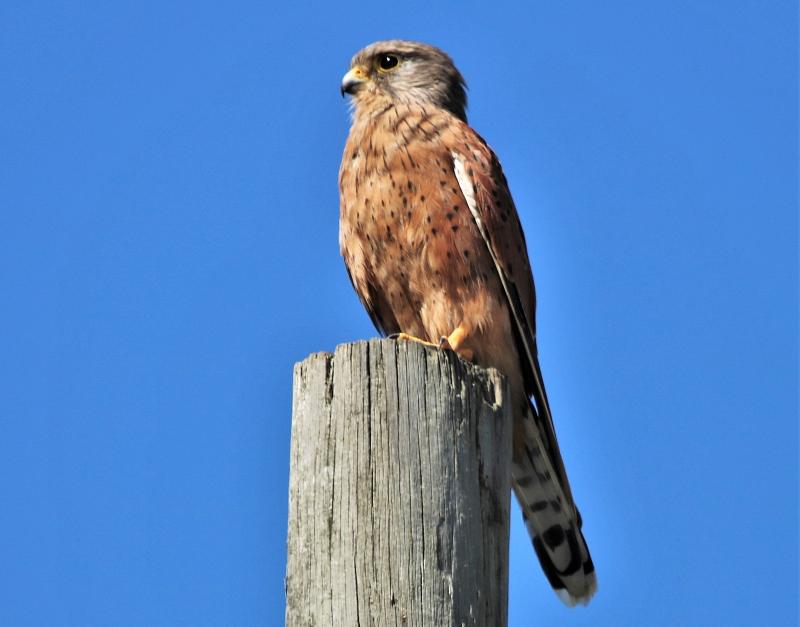
Rock Kestrel
This rock kestrel at Brenton, Western cape has chosen a vantage point looking out over the rocks, beach and sand dunes at Brenton, Western Cape, South Africa. Its superb raptor's vision has evolved to enable it to spot prey as small as two millimetres from 20 metres away giving it an obvious advantage as a predator.

Three-banded Plover
The three- banded plover chick is born covered in down, able to see and mobile and is able to leave the nest after a few hours. These are traits with an evolutionary advantage for a ground nesting bird. This chick appeared to be the only surviving offspring of very concerned parents next to the causeway at Leisure Island, Western Cape. In a dangerous world, you can imagine what happened to chicks lacking precocial genes. On the other hand, altricial chicks are born to tree nesting birds: they are naked, blind and helpless because they can safely remain in the nest for weeks before fledging. They are able to benefit from a much longer period of interaction with adults and the corresponding learning opportunities this nurturing environment presents.